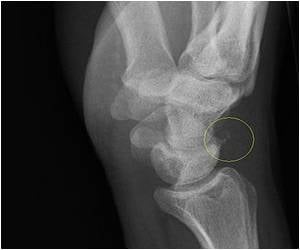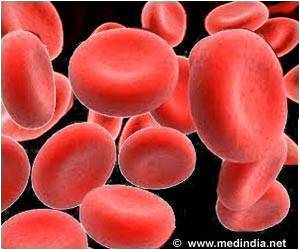Penn State researchers have created a new tool to study hypertension by modifying a honeybee venom toxin.
A new tool to study hypertension by modifying a honeybee venom toxin has been created by Penn State researchers.
Research leader Zhe Lu, Professor of Physiology and a Howard Hughes Medical Institute Investigator, has revealed that their tool can be used to study the inner workings of ion channels that control heart rate, and the recycling of salt in kidney.Ion channels selectively allow the passage of small ions - like sodium, potassium, and calcium - into and out of the cell.
Lu's team looked at the action of the honeybee venom toxin tertiapin (TPN) on inward-rectifier potassium channels, also known as Kir channels, to identify new approaches to treat cardiovascular disease.
The researchers have revealed that the toxin stops the flow of potassium ions across cell membranes by plugging up the opening of Kir channels on the outside of cells.
Kir channels in kidneys are potential new targets for treating hypertension, they say.
"The clue comes from patients with genetic defects in these channels who lose a lot of sodium because it cannot be effectively reabsorbed and thus have low blood pressure. An inhibitor specifically against these kidney channels will allow this idea to be tested," says Lu.
Advertisement
While TPN inhibits Kir type 1 channels in kidney cells, it also inhibits other types of Kir channels in heart cells.
Advertisement
He has revealed that they introduce two mutations into TPN to engineer a variant called TPNLQ, which stems the flow of potassium ions in renal Kir type 1 channels at low concentrations, and with a 250-fold sensitivity over six other types of Kir channels.
The researcher says the development of this tool shows that a highly specific inhibitor of potassium channels can be engineered.
According to him, TPNLQ can be used in animal studies as a tool to prove the concept that reducing salt reabsorption by plugging up renal Kir type 1 potassium channels is a potential new way to treat hypertension.
Source-ANI
RAS/SK








